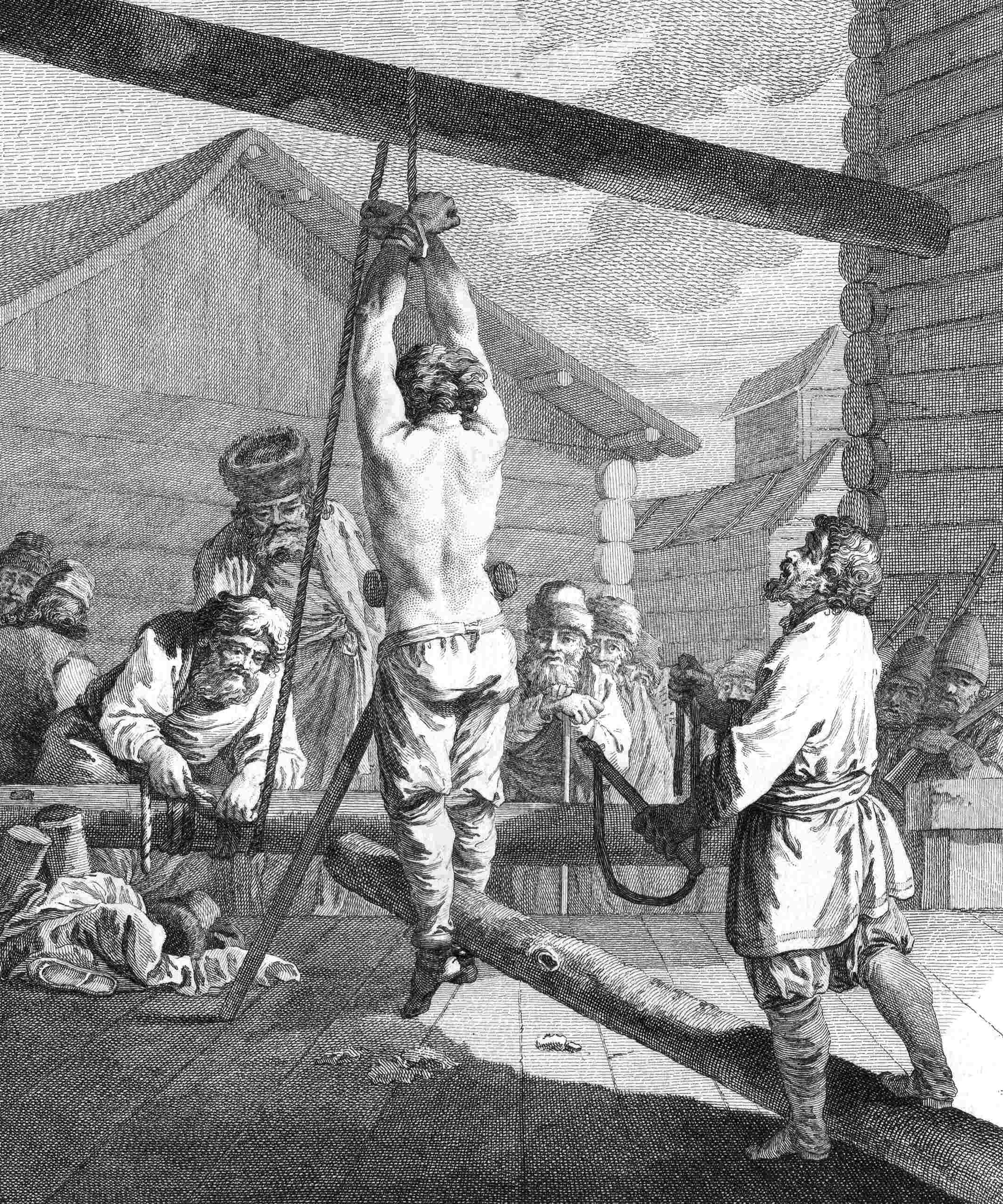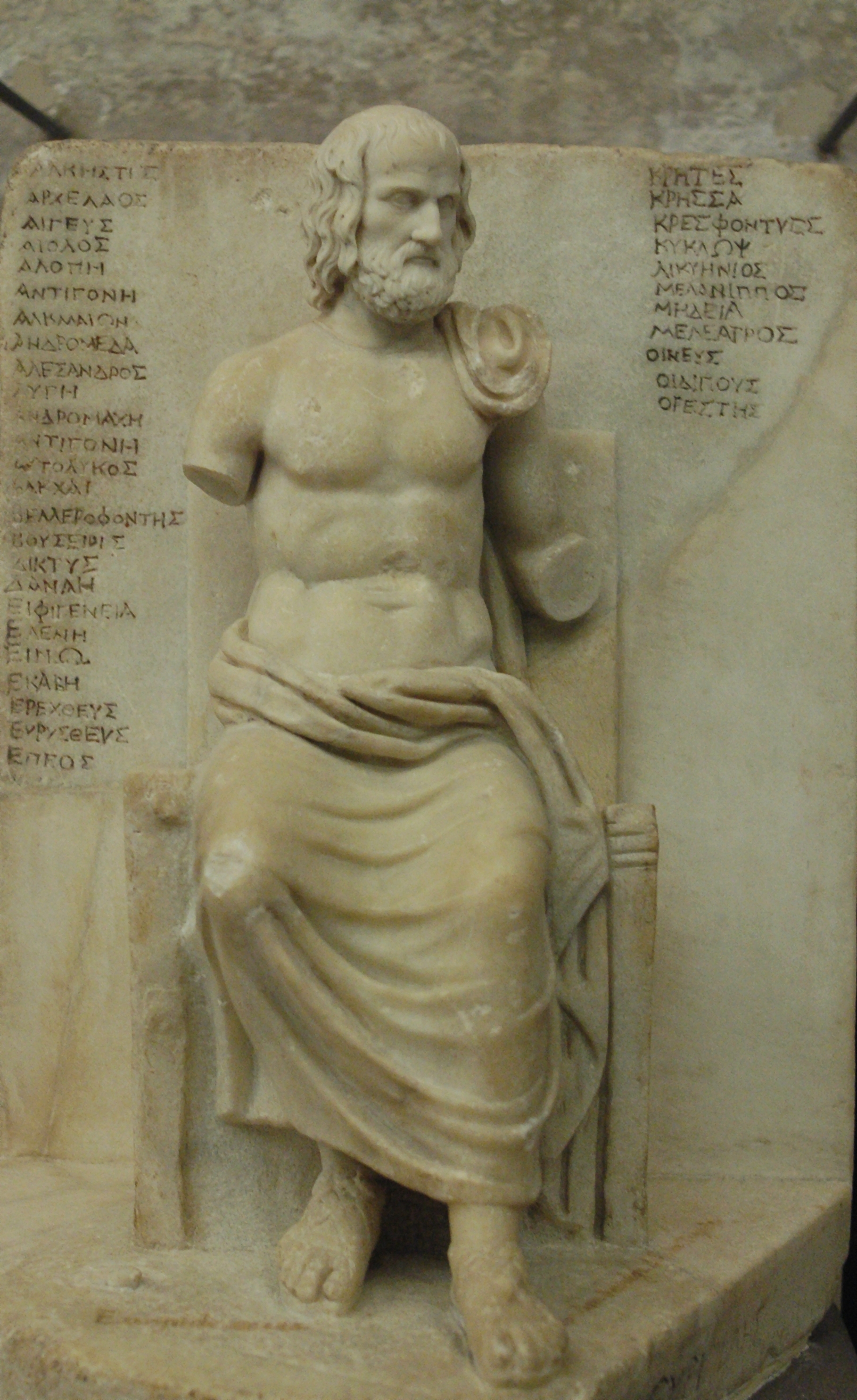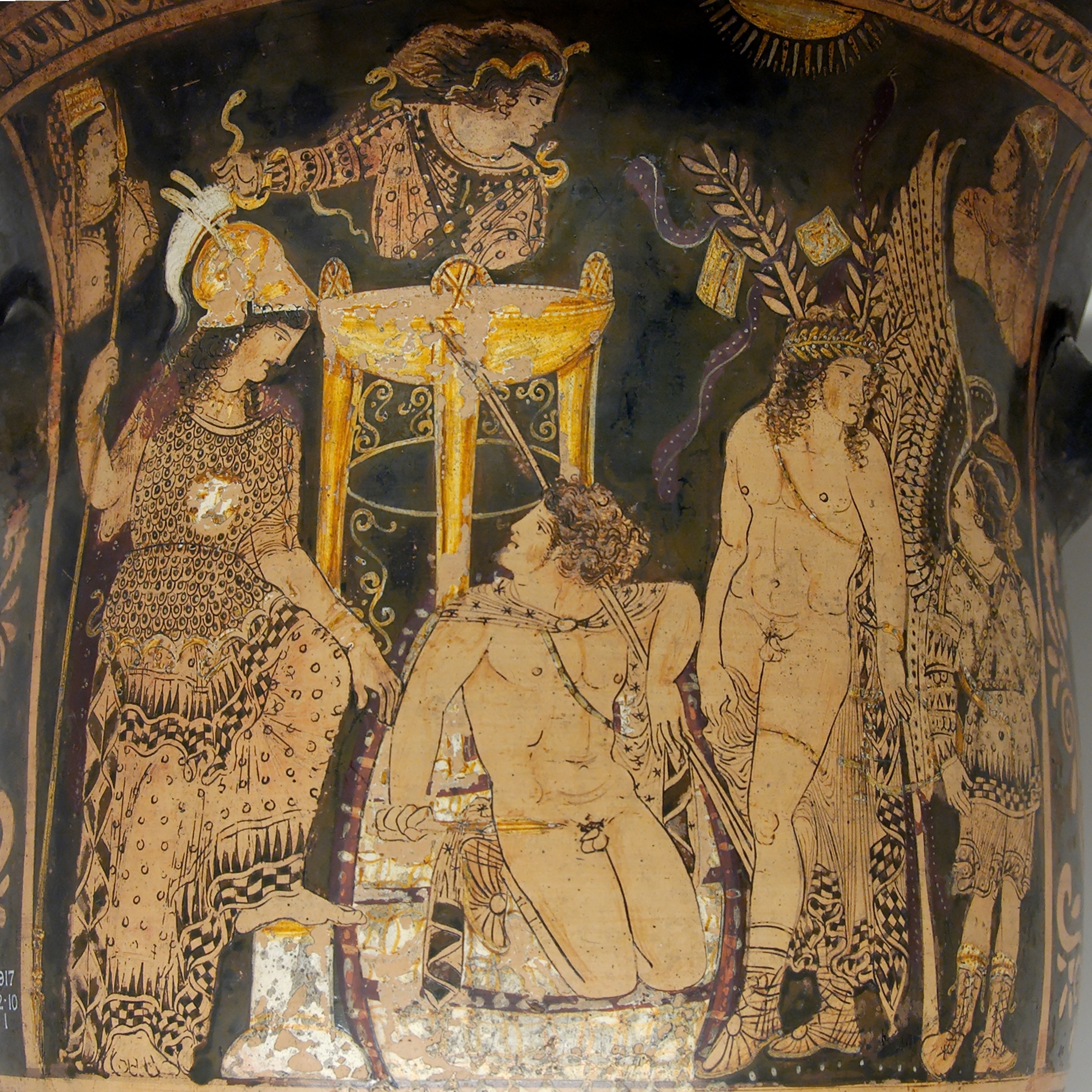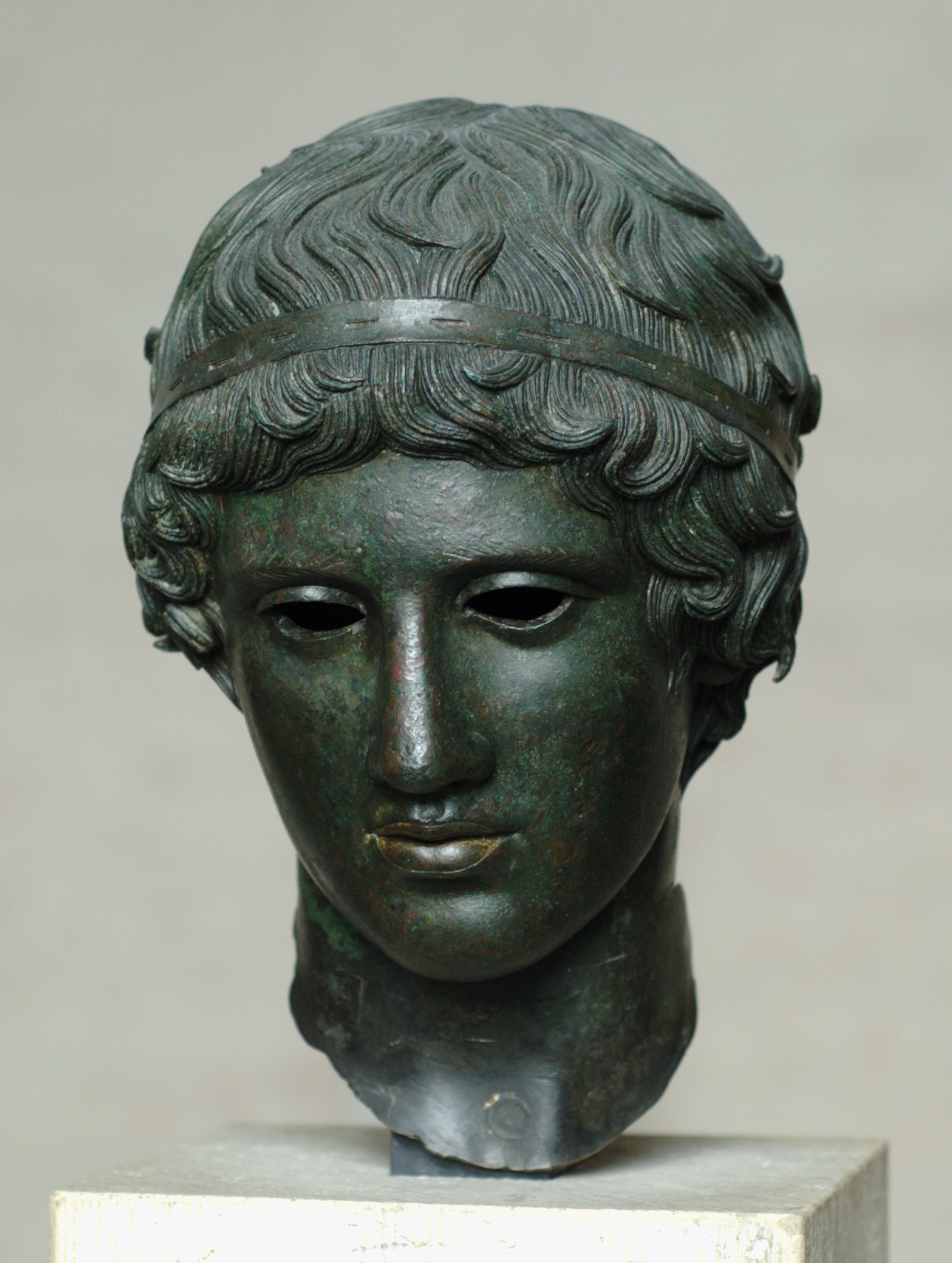|
Sanctuary Of Artemis Orthia
The Sanctuary of Artemis Orthia, an Archaic Greece, Archaic site devoted in Classical times to Artemis, was one of the most important religious sites in the Ancient Greece, Greek Polis, city-state of Sparta, and continued to be used into the fourth century CE, when all non-Christian worship was banned during the persecution of pagans in the late Roman Empire. The sanctuary was destroyed and rebuilt a few times over many centuries and has today produced many artefacts that allow historians to better understand exactly what went on in the sanctuary during that period of time. This sanctuary held many rituals, that included cult-like behaviour by both young boys and girls in varying ways and has also since revealed many artefacts due to multiple excavations that have helped to deliver new information on acts and behaviours that have occurred in at the temple in Orthia. Sanctuary The cult of Orthia (Greek Ὀρθία) was common to the four villages originally constituting Sparta: ... [...More Info...] [...Related Items...] OR: [Wikipedia] [Google] [Baidu] [Amazon] |
Artemis Orthia Location En
In ancient Greek religion and Greek mythology, mythology, Artemis (; ) is the goddess of the hunting, hunt, the wilderness, wild animals, transitions, nature, vegetation, childbirth, Kourotrophos, care of children, and chastity. In later times, she was identified with Selene, the Lunar deity, personification of the Moon.Smiths.v. Artemis/ref> She was often said to roam the forests and mountains, attended by her entourage of nymphs. The goddess Diana (mythology), Diana is her Religion in ancient Rome, Roman equivalent. In Greek tradition, Artemis is the daughter of Zeus and Leto, and twin sister of Apollo. In most accounts, the twins are the products of an extramarital liaison. For this, Zeus' wife Hera forbade Leto from giving birth anywhere on solid land. Only the island of Delos gave refuge to Leto, allowing her to give birth to her children. In one account, Artemis is born first and then proceeds to assist Leto in the birth of the second twin, Apollo. Artemis was a kouro ... [...More Info...] [...Related Items...] OR: [Wikipedia] [Google] [Baidu] [Amazon] |
Agasicles
Agasicles, alternatively spelled Agesicles or Hegesicles (), was a king of Sparta, the 13th of the line of Procles. Son of Archidamus I, Louis Moréri (1732)Le grand dictionnaire historique: ou le mélange curieux de l'histoire sacrée et profane qui contient en abrégé l'histoire fabuleuse des Dieux et des Héros de l'Antiquité Payenne, les vies et les actions remarquables des Patriarches ..., l'établissement et le progrès des Ordres Religieux et Militaires et la vie de leurs Fondateurs, les généalogies ..., la description des Empires Royaumes ..., l'histoire des conciles généraux et particuliers sous le nom des lieux où ils ont été tenus ..., Volume 4 (Google eBook)Retrieved 2011-12-03 he was contemporary with the Agiad Leon, and succeeded his father, probably about 590 BC or 600. During his reign the Lacedaemon Sparta was a prominent city-state in Laconia in ancient Greece. In antiquity, the city-state was known as Lacedaemon (), while the name Sparta ... [...More Info...] [...Related Items...] OR: [Wikipedia] [Google] [Baidu] [Amazon] |
Flagellation
Flagellation (Latin , 'whip'), flogging or whipping is the act of beating the human body with special implements such as whips, Birching, rods, Switch (rod), switches, the cat o' nine tails, the sjambok, the knout, etc. Typically, flogging has been imposed on an unwilling subject as a punishment; however, it can also be submitted to willingly and even done by oneself in sadomasochistic or religious contexts. The strokes are typically aimed at the unclothed back of a person, though they can be administered to other areas of the body. For a moderated subform of flagellation, described as ''bastinado'', the soles of a person's barefoot, bare feet are used as a target for beating (see foot whipping). In some circumstances the word ''flogging'' is used loosely to include any sort of corporal punishment, including birching and caning. However, in British legal terminology, a distinction was drawn between ''flogging'' (with a cat o' nine tails) and ''whipping'' (formerly with a ... [...More Info...] [...Related Items...] OR: [Wikipedia] [Google] [Baidu] [Amazon] |
Pausanias (geographer)
Pausanias ( ; ; ) was a Greek traveler and geographer of the second century AD. He is famous for his '' Description of Greece'' (, ), a lengthy work that describes ancient Greece from his firsthand observations. ''Description of Greece'' provides crucial information for making links between classical literature and modern archaeology, which is providing evidence of the sites and cultural details he mentions although knowledge of their existence may have become lost or relegated to myth or legend. Biography Nothing is known about Pausanias apart from what historians can piece together from his own writing. However, it is probable that he was born into a Greek family and was probably a native of Lydia in Asia Minor. From until his death around 180, Pausanias travelled throughout the mainland of Greece, writing about various monuments, sacred spaces, and significant geographical sites along the way. In writing his '' Description of Greece'', Pausanias sought to put together ... [...More Info...] [...Related Items...] OR: [Wikipedia] [Google] [Baidu] [Amazon] |
Potnia Theron
The ''Potnia Theron'' (, ) or Mistress of Animals is a widespread motif in ancient art from the Mediterranean world and the ancient Near East, showing a central human, or human-like, female figure who grasps two animals, one to each side. Although the connections between images and concepts in the various ancient cultures concerned remain very unclear, such images are often referred to by the Greek term ''Potnia Theron'' regardless of culture of origin. The term is first used once by Homer as a descriptor of Artemis and often used to describe female divinities associated with animals. The word '' Potnia'', meaning mistress or lady, was a Mycenaean Greek word inherited by Classical Greek, with the same meaning, cognate to Sanskrit ''.'' The oldest such depiction, the Seated Woman of Çatalhöyük, is a clay sculpture from Çatalhöyük in modern Turkey, made c 6,000 BC. This motif is more common in later Near Eastern and Mesopotamian art with a male figure, called the Maste ... [...More Info...] [...Related Items...] OR: [Wikipedia] [Google] [Baidu] [Amazon] |
Euripides
Euripides () was a Greek tragedy, tragedian of classical Athens. Along with Aeschylus and Sophocles, he is one of the three ancient Greek tragedians for whom any plays have survived in full. Some ancient scholars attributed ninety-five plays to him, but the ''Suda'' says it was ninety-two at most. Of these, eighteen or nineteen have survived more or less complete (''Rhesus (play), Rhesus'' is suspect). There are many fragments (some substantial) of most of his other plays. More of his plays have survived intact than those of Aeschylus and Sophocles together, partly because his popularity grew as theirs declinedMoses Hadas, ''Ten Plays by Euripides'', Bantam Classic (2006), Introduction, p. ixhe became, in the Hellenistic Age, a cornerstone of ancient literary education, along with Homer, Demosthenes, and Menander.L.P.E.Parker, ''Euripides: Alcestis'', Oxford University Press (2007), Introduction p. lx Euripides is identified with theatrical innovations that have profoundly influ ... [...More Info...] [...Related Items...] OR: [Wikipedia] [Google] [Baidu] [Amazon] |
Iphigenia
In Greek mythology, Iphigenia (; , ) was a daughter of King Agamemnon and Queen Clytemnestra, and thus a princess of Mycenae. In the story, Agamemnon offends the goddess Artemis on his way to the Trojan War by hunting and killing one of Artemis's sacred stags. She retaliates by preventing the Greek troops from reaching Troy unless Agamemnon kills his eldest daughter, Iphigenia, at Aulis as a human sacrifice. In some versions, Iphigenia dies at Aulis, and in others, Artemis rescues her. In the version where she is saved, she goes to the Taurians and meets her brother Orestes.Evans (1970), p. 141 Name "Iphigenia" means "strong-born," "born to strength," or "she who causes the birth of strong offspring." Iphianassa Iphianassa () is the name of one of Agamemnon's three daughters in Homer's ''Iliad'' (ix.145, 287) The name Iphianassa may be simply an older variant of the name Iphigenia. "Not all poets took Iphigenia and Iphianassa to be two names for the same heroine," Kerenyi r ... [...More Info...] [...Related Items...] OR: [Wikipedia] [Google] [Baidu] [Amazon] |
Orestes
In Greek mythology, Orestes or Orestis (; ) was the son of Agamemnon and Clytemnestra, and the brother of Electra and Iphigenia. He was also known by the patronymic Agamemnonides (), meaning "son of Agamemnon." He is the subject of several Ancient Greek plays and of various myths connected with his madness, revenge, and purification, which retain obscure threads of much older works. In particular Orestes plays a main role in Aeschylus' '' Oresteia.'' Etymology The Greek name Ὀρέστης, having become "Orestēs" in Latin and its descendants, is derived from Greek ὄρος (óros, "mountain") and ἵστημι (hístēmi, "to stand"), and so can be thought to have the meaning "stands on a mountain". Greek literature Homer In the Homeric telling of the story, Orestes is a member of the doomed house of Atreus, which is descended from Tantalus and Niobe. He is absent from Mycenae when his father, Agamemnon, returns from the Trojan War with the Trojan princess Cass ... [...More Info...] [...Related Items...] OR: [Wikipedia] [Google] [Baidu] [Amazon] |
Tauride
The recorded history of the Crimean Peninsula, historically known as ''Tauris'', ''Taurica'' (), and the ''Tauric Chersonese'' (, "Tauric Peninsula"), begins around the 5th century BCE when several Greek colonies were established along its coast, the most important of which was Chersonesos near modern-day Sevastopol, with Scythians and Tauri in the hinterland to the north. The southern coast gradually consolidated into the Bosporan Kingdom which was annexed by Kingdom of Pontus, Pontus and then became a client kingdom of Roman Crimea, Rome (63 BC – 341 AD). The south coast remained Greek in culture for almost two thousand years including under Roman successor states, the Cherson (theme), Byzantine Empire (341–1204), the Empire of Trebizond (1204–1461), and the independent Principality of Theodoro (ended 1475). In the 13th century, some Crimean port cities were controlled by the Republic of Venice, Venetians and by the Republic of Genoa, Genovese, but the interior was much ... [...More Info...] [...Related Items...] OR: [Wikipedia] [Google] [Baidu] [Amazon] |
Xoanon
A xoanon (, ; plural: , from the verb , , to carve or scrape ood was a wooden cult image from Archaic Greece. Classical Greeks associated such cult objects, whether aniconic or effigy, with the legendary Daedalus. Many such cult images were preserved into historical times, though none are known to have survived to the modern day, except as copies in stone or marble. In the 2nd century CE, Pausanias described numerous xoana in his ''Description of Greece'', notably the image of Hera in her temple at Samos. "The statue of the Samian Hera, as Aethilos The name ''Aethilos'' in the available text is thought to be a mis-spelling of ''Aethlios''. says, was a wooden beam at first, but afterwards, when Prokles was ruler, it was humanized in form". In Pausanias' travels he never mentions seeing a xoanon of a "mortal man". Types of xoana Some types of archaic xoana may be reflected in archaic marble versions, such as the pillar-like " Hera of Samos" (Louvre Museum), the flat " Her ... [...More Info...] [...Related Items...] OR: [Wikipedia] [Google] [Baidu] [Amazon] |
Ephebos
''Ephebos'' (; pl. ''epheboi'', ), latinized as ephebus (pl. ephebi) and anglicised as ephebe (pl. ephebes), is a term for a male adolescent in Ancient Greece. The term was particularly used to denote one who was doing military training and preparing to become an adult. From about 335 BC, ephebes from Athens (aged between 18–20) underwent two years of military training under supervision, during which time they were exempt from civic duties and deprived of most civic rights. During the 3rd century BC, ephebic service ceased to be compulsory and its time was reduced to one year. By the 1st century BC, the ''ephebia'' became an institution reserved for wealthy individuals and, besides military training, it also included philosophic and literary studies. History Though the word ''ephebos'' (from ''epi'' "upon" + '' hebe'' "youth", "early manhood") can simply refer to the adolescent age of young men of training age, its main use is for the members, exclusively from that age grou ... [...More Info...] [...Related Items...] OR: [Wikipedia] [Google] [Baidu] [Amazon] |
Dionysos, Greece
Dionysos () is a northern suburb of the Athens agglomeration and a municipality in northeastern Attica, Greece. The seat of the municipality is the town Agios Stefanos. Geography Dionysos is situated on the northeastern slopes of the forested Penteliko Mountains. It is 5 km south of Agios Stefanos, 9 km west of Nea Makri, on the Aegean Sea coast, and 18 km northeast of Athens city centre. Its built-up area is continuous with those of the neighbouring suburbs Drosia and Rodopoli to the northwest. Even though the town is located only 20 Kilometres away from central Athens, it has a completely different climate, with weather being significantly cooler, including frequent snowfall during the winter. The A1 motorway (Athens–Thessaloniki–Evzonoi) and the railway from Athens to Thessaloniki pass through the western part of the municipality, near Agios Stefanos. There is a railway station at Agios Stefanos. Dionysos is connected to Kifisia by the 536 Dionysos-K ... [...More Info...] [...Related Items...] OR: [Wikipedia] [Google] [Baidu] [Amazon] |







